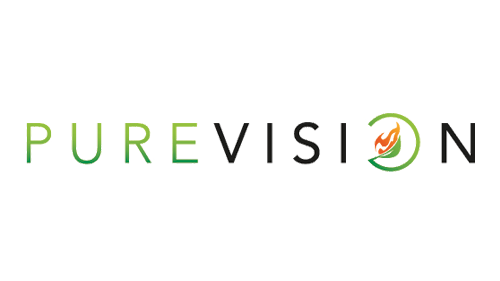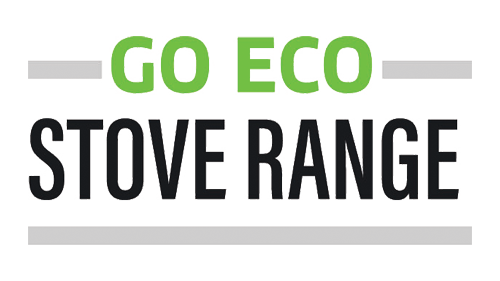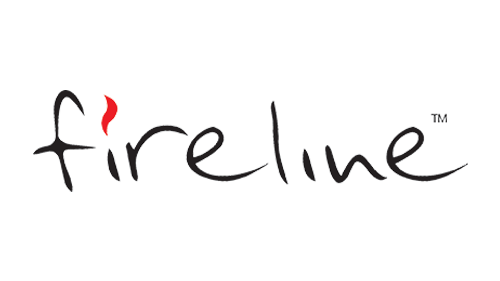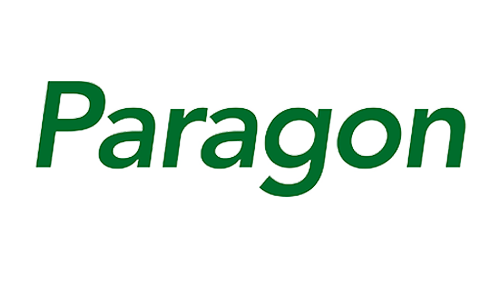Our range of wood-burning stoves continues to inspire more people to live sustainably and reduce their reliance on the grid for heating, and with good reason. Heating off-grid not only provides peace of mind during power cuts or price hikes, but it also offers freedom from fluctuating energy bills. When you burn responsibly with seasoned wood in an Ecodesign stove, you’ve already paid for your heat, so no nasty surprises in the post.
Why Go Off-Grid?
While many stove owners enjoy occasional off-grid experiences, others are beginning to ask a bigger question: Could I live completely off the grid?
Living off-grid means being self-reliant for essential services like electricity, water, and waste management. For some, it’s about reducing their environmental footprint. For others, it’s the appeal of financial freedom, resilience, or simply a quieter, more intentional lifestyle.
Here’s a closer look at the core elements of off-grid living—and how you might get started.
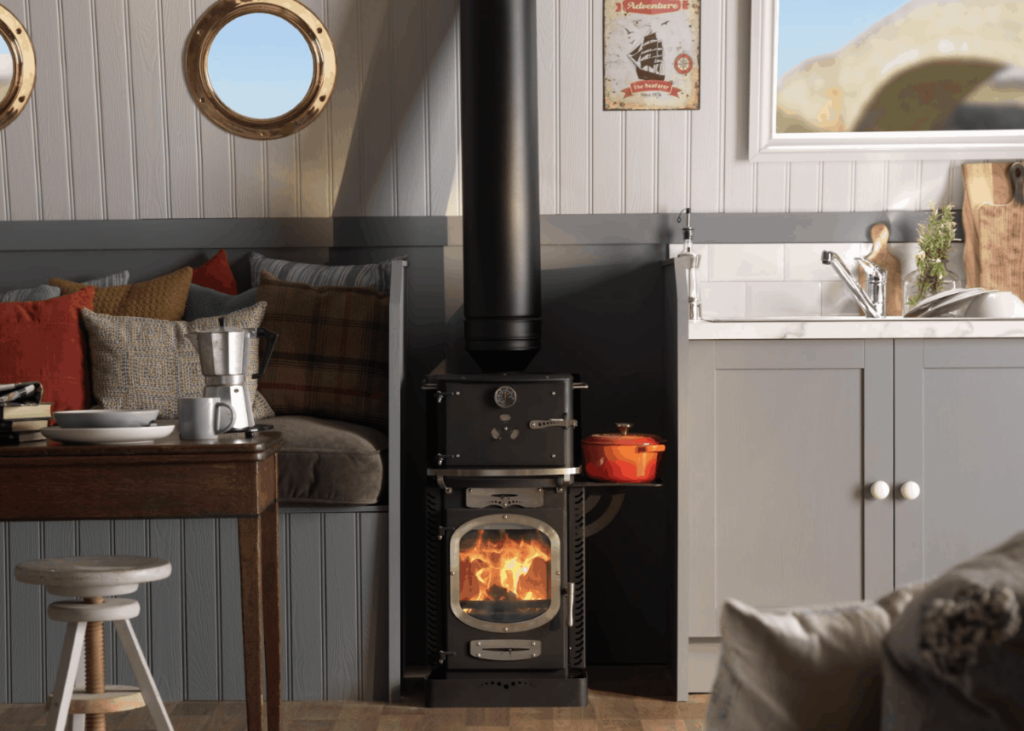
Housing & Heating
Choosing the right home setup is vital. Depending on your climate and goals, you might consider:
Tiny or Micro Homes – Compact, efficient, and low-impact.
Earthship Homes – Built with recycled and natural materials.
Cabins & Yurts – Simple, often modular, structures perfect for remote locations.
For heating, Ecodesign wood-burning stoves are a good choice, especially when in conjunction with solar panels or geothermal systems for true independence. Not only are stoves reliable and effective, but they also provide a comforting sense of independence.
Water Management
Having your own clean water source is a key step:
Rainwater Harvesting – Capture and store water from your roof, using filters for drinking and washing.
Wells & Springs – A long-term solution if groundwater is available.
Water Purification – Even natural sources need filtering to ensure safety.
Waste Management
Responsible waste handling is vital to true sustainability:
Composting Toilets – Waterless systems that turn waste into usable compost.
Greywater Recycling – Reuse water from sinks and showers for gardens.
Reduce, Reuse, Recycle – Upcycling and conscious consumption help minimise landfill use.
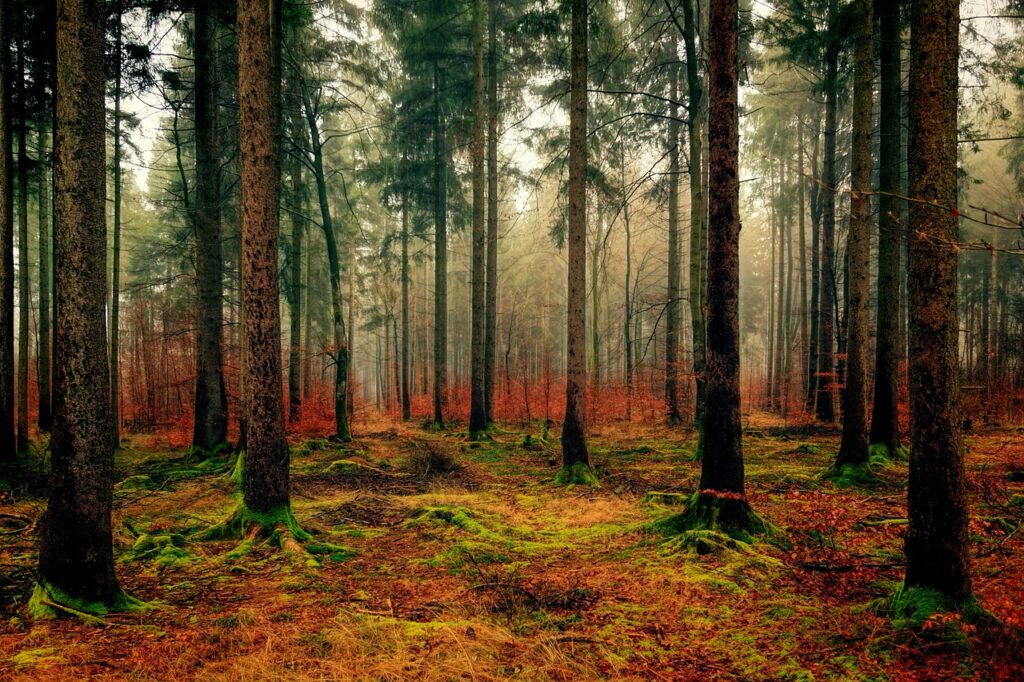
Energy Independence
Producing your own power is one of the most empowering parts of off-grid life:
Solar Power – Reliable and widely used, especially with battery storage.
Wind Turbines – Great for breezy regions.
Micro-Hydro Systems – Perfect if your land includes flowing water.
Backup Generators – Handy for emergencies or during low solar/wind periods.
Food Production
While not essential for everyone, growing your own food adds another layer of self-reliance:
Gardening – Even a small plot can produce seasonal vegetables and herbs.
Raising Animals – Chickens, goats, or bees can provide eggs, milk, and honey.
Foraging & Hunting – Depending on location and laws, these can supplement your diet sustainably.
Is Off-Grid Living Right for You?
Complete off-grid living isn’t for everyone, and that’s okay. But even small steps toward self-sufficiency can make a big difference, whether it’s installing a stove, collecting rainwater, or growing your own tomatoes.
It requires planning, learning new skills, and accepting some trade-offs. Yet the benefits are meaningful: lower living costs, deeper connection to nature, more control over your resources, and the satisfaction of living on your own terms.
Whether you’re dipping a toe in or diving headfirst, the journey toward energy independence starts with one decision, and maybe, a good wood-burning stove.


